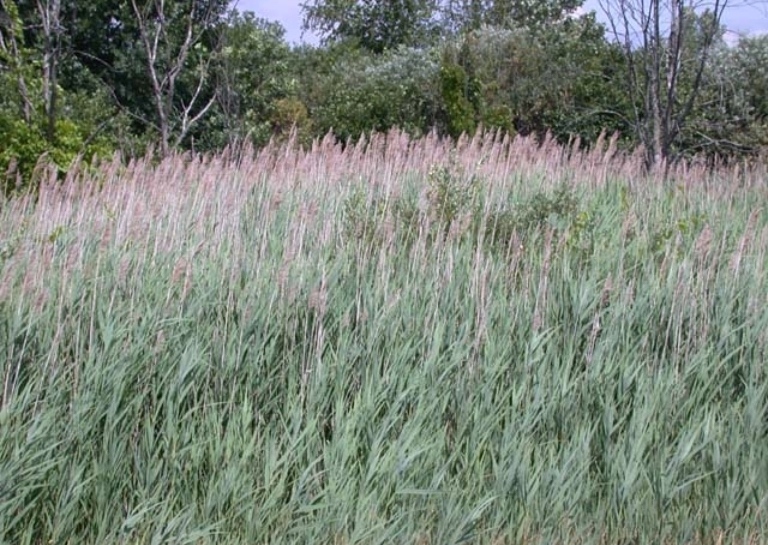- 407.205.2537
- [email protected]

This particular plant is widely known as the “common reed,” but the havoc it is causing on wetlands in various parts of the United States is anything but. In the world of scientific botany, the genus is known as Phragmites, with four main species found in different parts of the world. Only one of those four species, however, is the one causing major headaches around the country. It is also on the list of Invasive and Exotic Aquatic Plants maintained by the Center for Invasive Species and Ecosystem Health. Here’s what you need to know about Phragmites.
Scientific Name: Phragmites australis.
Origins: This is where things get a little tricky with Phragmites. As it turns out, there is a subspecies, Phragmites americanus, that is native to North America, meaning it is not exotic nor is it invasive. But Phragmites australis is very much both exotic and highly invasive. Its origins are in Europe, but it made its way to North American sometime in the late 1700’s or early 1800’s, probably in the ballast of sailing vessels.
Habitats: Phragmites australis is a perennial grass that can grow in damp ground, marshes and other wetlands with standing water up to a height of 3 feet, although it has also been seen to form floating mats that launch out over deeper waters. It can spread very quickly by way of rhizomes (horizontal runners) at a rate of up to 16 feet per year. The height of this plant’s woody, hollow stems typically ranges between 6-15 feet, although some have been known to reach heights of nearly 20 feet. Its leaves are thin, flat and yellow, growing in an alternate pattern along the stem and are usually 1-1.5” in width, taper towards the end, and can grow to over a foot in length. When Phragmites australis is firmly established, its more extensive stands can cover areas as large as 250 acres. It can also spread by means of windblown seeds, soil transfer and animals. It is highly adaptable to environmental conditions and can survive oxygen poor or salty conditions.
Eco-Impacts: Phragmites australis robs native species of plants and fish of nutrients and space. The dense thickets can also make recreational endeavors such as swimming and fishing completely impossible, not to mention totally obscuring shoreline views. These plants can also be considered a significant fire hazard. Thick stands of Phragmites australis (sometimes with well over 20 stalks per square foot) displace native plants, alter hydrology and block sunlight to the aquatic community.